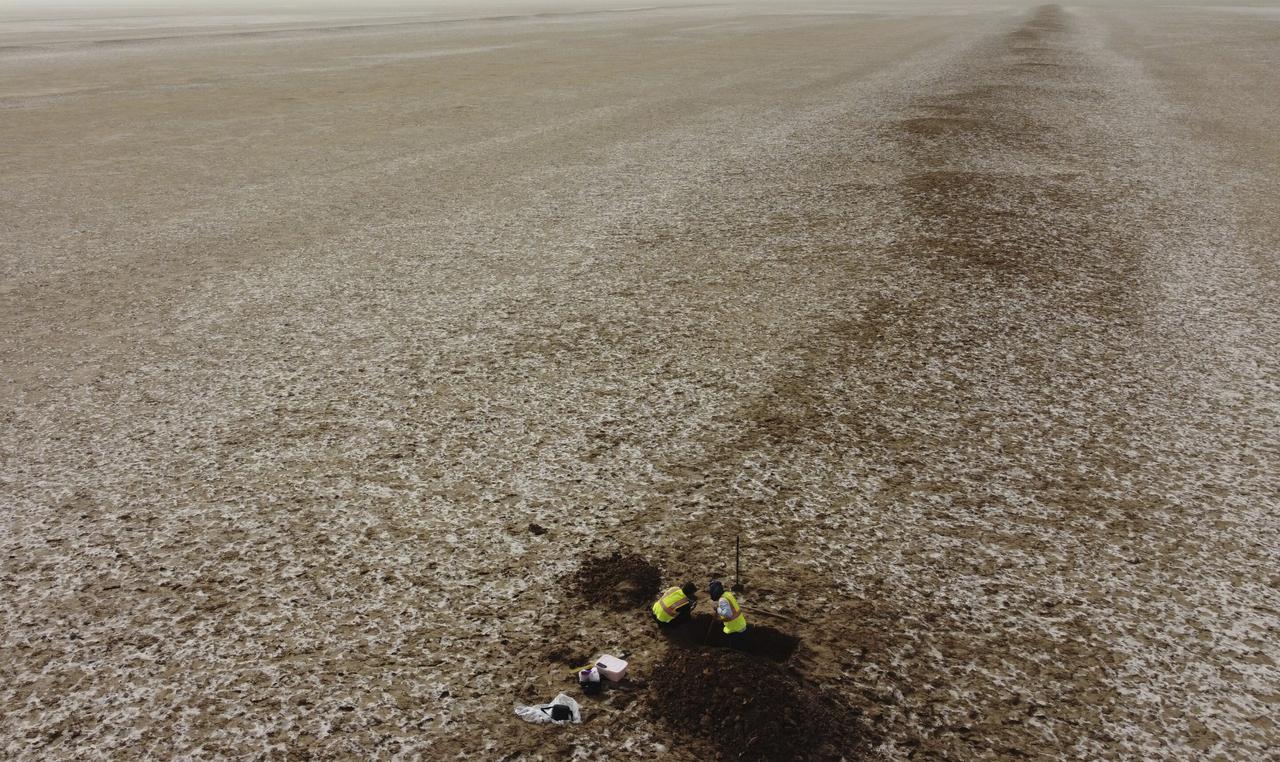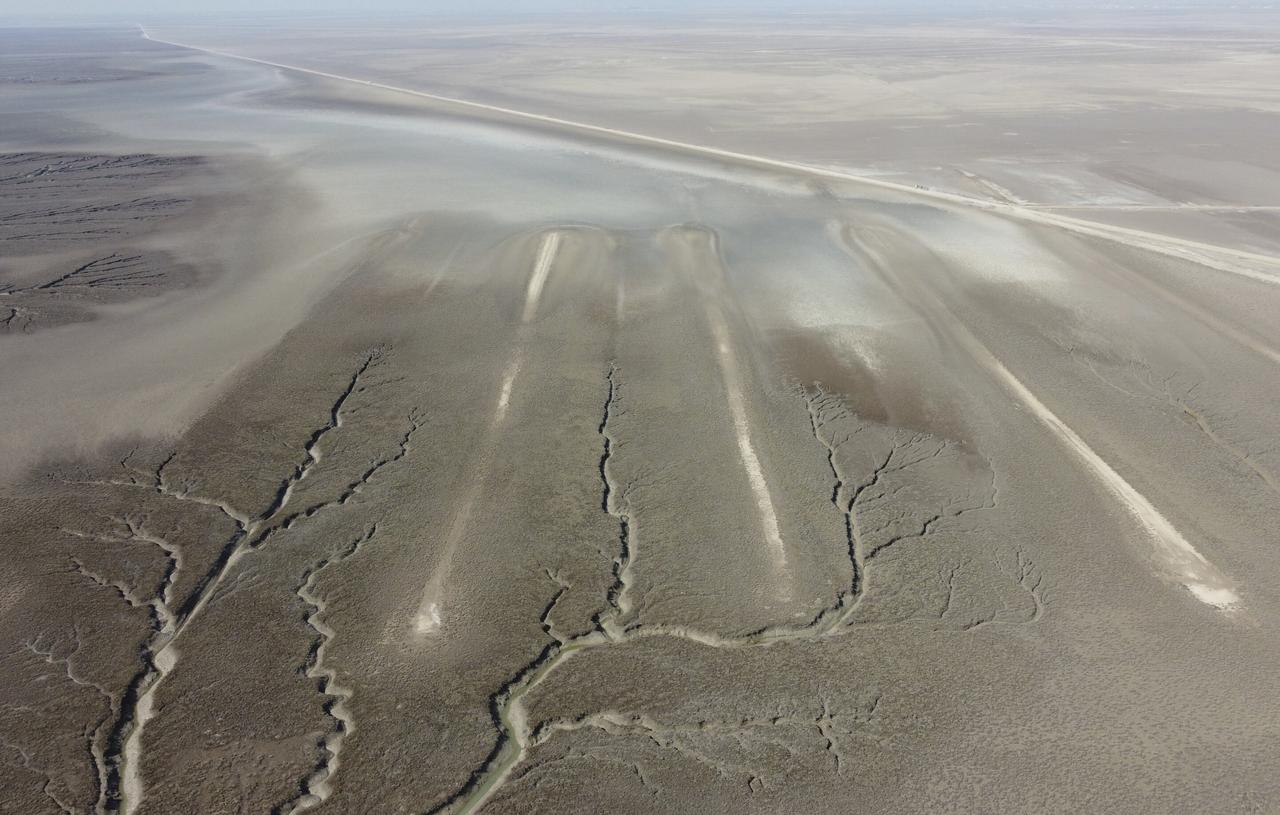
A vast network of manmade ridges and canals stretching across the floodplains of southern Iraq has been confirmed as the product of centuries of slave labor, according to new findings by an international archaeological team.
The research, published in the journal Antiquity, dates parts of the monumental landscape to a period beginning in the late 9th century AD—shortly after the Zanj Rebellion, a major uprising of enslaved people under the Abbasid Caliphate. The study suggests the labor-intensive construction continued for hundreds of years afterward.
The term Zanj was historically used in medieval Arabic to refer to the Swahili coast of East Africa, where many of the enslaved people are believed to have originated. While the precise regions they came from remain debated, the Zanj Rebellion—launched in 869 A.D.—stands as one of the most significant uprisings in the history of slavery. It lasted more than a decade until it was eventually crushed by Abbasid forces in 883 A.D.
Today, descendants of those enslaved Zanj live primarily in the southern port city of Basra, but their historical legacy remains poorly documented.
“Their history has not been actually written or documented very well in our history,” said Jaafar Jotheri, a professor of archaeology at the University of Al-Qadisiyah in Iraq and one of the study’s authors. “So that’s why this (finding) is very important, and what is next actually is to protect at least some of these huge structures for future work. It is minority heritage.”
The project involved researchers from the UK’s Durham and Newcastle universities, the Netherlands’ Radboud University, and the University of Basra. They examined satellite images—both modern and archival—from the 1960s that show more than 7,000 massive ridges spread across the Shatt al-Arab floodplain.

Described in the journal as requiring “investment of human labour on a grand scale,” the massive earthworks were likely used to manage water and agricultural production. The team conducted radiocarbon and optically stimulated luminescence (OSL) dating on four separate ridge crests, which revealed construction between the late ninth and mid-13th centuries AD.
This timeline suggests that slave labor continued to be used for long after the Zanj Rebellion, contradicting assumptions that the revolt marked the end of systemic enslavement in the region.
“These features were in use for a substantially longer period than previously assumed and, as such, they represent an important piece of Iraqi landscape heritage,” the researchers wrote.
The discovery comes amid a revival of archaeological exploration in Iraq, which has long been referred to as the “cradle of civilization.” Political instability, war, and looting during recent decades had largely halted archaeological work, with tens of thousands of artifacts stolen or destroyed.
However, in recent years, renewed excavation efforts and the repatriation of looted objects have helped rekindle Iraq’s rich archaeological narrative.
The study not only sheds light on an underrepresented part of Middle Eastern history but also contributes to understanding the long-term impact of slavery and the resilience of enslaved communities.